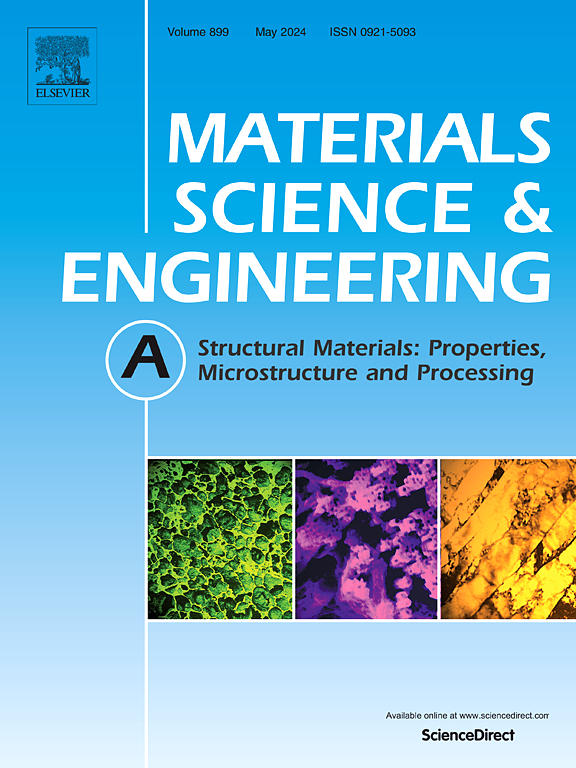Effect of pre-deoxygenation treatment on the properties of BNi-7 brazing filler metals and its brazed joints
IF 6.1
2区 材料科学
Q1 MATERIALS SCIENCE, MULTIDISCIPLINARY
引用次数: 0
Abstract
The oxidation that occurs during the production and storage of brazing filler metals serves as the primary cause of metallurgical defects in the brazed joints. To investigate the role of oxygen concentration in the coupling relationship between the microstructure and mechanical properties of both the filler metal and the brazed joint, this study implemented a TiH2 precursor pre-deoxygenation process on gas-atomized BNi-7 brazing alloy. The oxygen concentration exhibited a characteristic parabolic variation with increasing pre-deoxygenation temperature, reaching a minimum value of 0.060 wt % at 500 °C and 23.08 % reduction compared to the original powder. At the optimized oxygen content of 0.060 wt %, the liquidus temperature of the brazing alloy significantly decreased to 890 °C, with a narrowed melting range of 6.2 °C. The microstructure of the brazed joints displayed typical eutectic morphology characteristics, which consist of a continuously distributed Cr/Fe-enriched Ni solid solution matrix; a Cr-segregated Ni3P-Ni(Cr) intermetallic compound in the central region and discretely distributed Ni(Cr, Fe)-P metastable phases. Under optimal oxygen conditions (0.06 wt %), the maximum shear strength reached 57 MPa, reflecting a 15 % strength improvement over the baseline group. The results indicate that oxygen reduction effectively suppresses heterogeneous nucleation processes and enhances metallurgical homogenization.
预脱氧处理对BNi-7钎料及其钎焊接头性能的影响
在钎焊填充金属的生产和储存过程中发生的氧化是钎焊接头中冶金缺陷的主要原因。为了研究氧浓度对钎料和钎焊接头组织和力学性能耦合关系的影响,本研究对雾化BNi-7钎焊合金进行了TiH2前驱体预脱氧工艺。氧浓度随预脱氧温度的升高呈抛物线型变化,在500℃时达到最小值0.060 wt %,比原始粉末降低23.08%。当氧含量为0.060 wt %时,钎焊合金的液相温度显著降低至890℃,熔化范围缩小至6.2℃。钎焊接头的显微组织呈现出典型的共晶形貌特征,由连续分布的富Cr/ fe - Ni固溶体基体组成;中心区域为Cr分离的Ni3P-Ni(Cr)金属间化合物和分散分布的Ni(Cr, Fe)-P亚稳相。在最佳氧气条件下(0.06 wt %),最大抗剪强度达到57 MPa,比基线组强度提高15%。结果表明,氧还原有效抑制了非均相成核过程,促进了冶金均质化。
本文章由计算机程序翻译,如有差异,请以英文原文为准。
求助全文
约1分钟内获得全文
求助全文
来源期刊

Materials Science and Engineering: A
工程技术-材料科学:综合
CiteScore
11.50
自引率
15.60%
发文量
1811
审稿时长
31 days
期刊介绍:
Materials Science and Engineering A provides an international medium for the publication of theoretical and experimental studies related to the load-bearing capacity of materials as influenced by their basic properties, processing history, microstructure and operating environment. Appropriate submissions to Materials Science and Engineering A should include scientific and/or engineering factors which affect the microstructure - strength relationships of materials and report the changes to mechanical behavior.
 求助内容:
求助内容: 应助结果提醒方式:
应助结果提醒方式:


